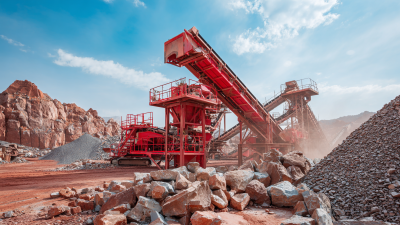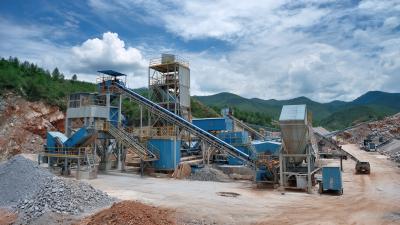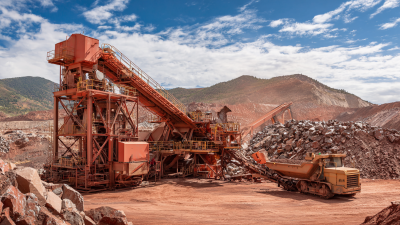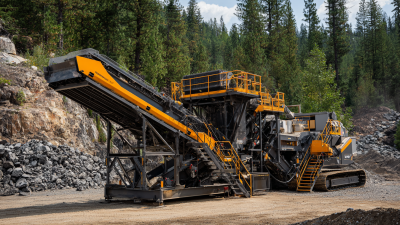In the ever-evolving landscape of mining and construction, the selection of the appropriate quarry crusher is pivotal to operational efficiency and productivity. According to a recent report from Research and Markets, the global market for aggregate equipment, which includes quarry crushers, is projected to reach USD 46 billion by 2025, growing at a CAGR of 5.2%. This growth underscores the significance of choosing the right machinery to meet specific operational demands.
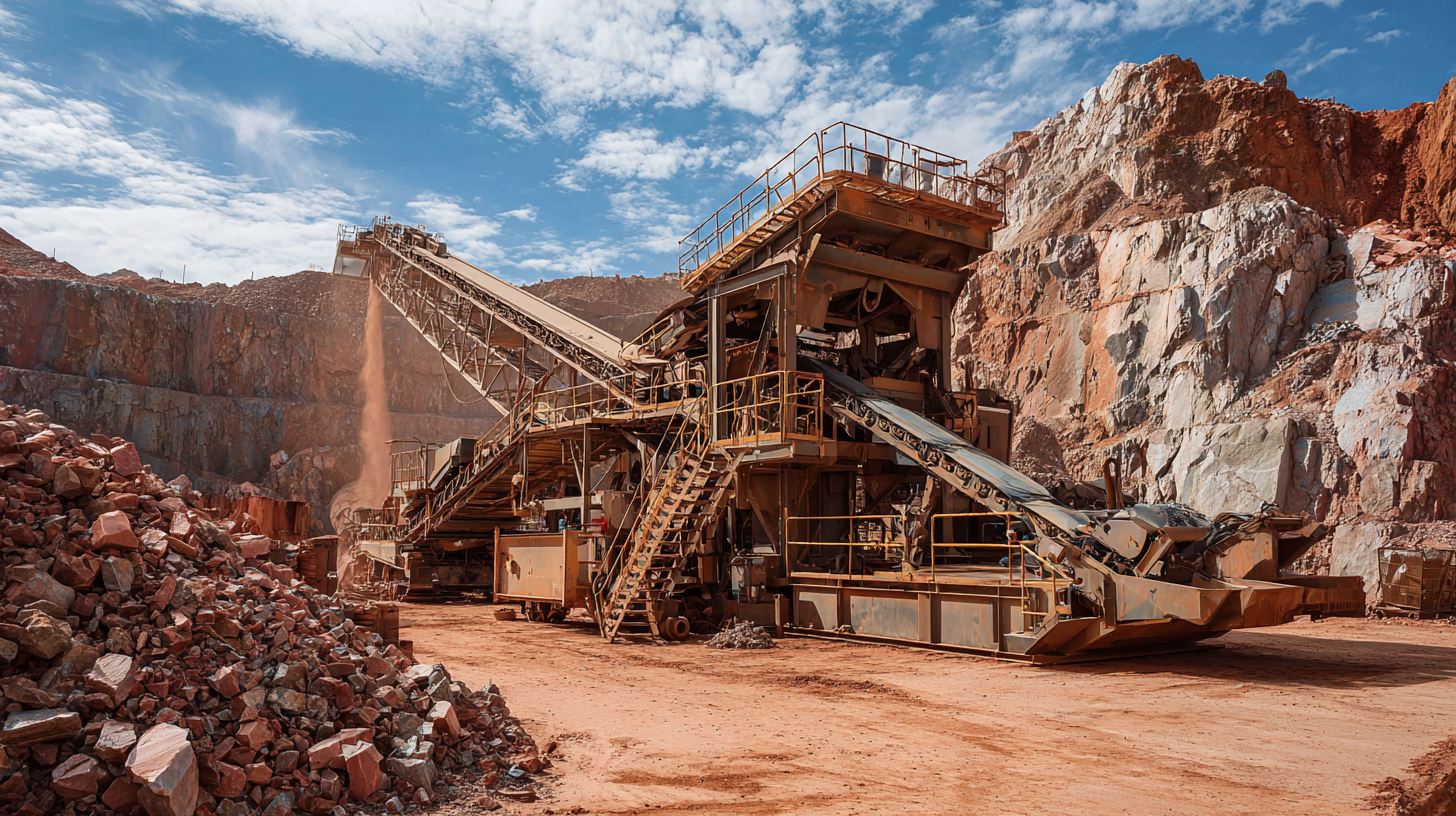
Quarry crushers not only influence the quality and output of the aggregates produced, but they also play a crucial role in minimizing operational costs and maximizing return on investment. With various types and models available, understanding the intricacies of quarry crushers is essential for businesses seeking to enhance their processes and achieve greater efficiency in their operations.
The selection of the right crusher is pivotal in quarry operations, as it can significantly influence both productivity and operational costs. When choosing a crusher, it is essential to consider factors such as the type of material being processed, the required output size, and the overall production volume. Different crushers, including jaw, cone, and impact crushers, offer unique advantages and performance characteristics suited for particular tasks. A well-matched crusher can enhance efficiency, reduce wear and tear on the equipment, and ultimately lead to a more profitable operation.

Moreover, understanding the nuances of the quarrying process is crucial for making an informed selection. The crusher must not only handle the material effectively but also fit into the existing workflow, minimizing downtime and maximizing output. Assessing the quarry’s specific conditions and operational objectives allows for a comprehensive evaluation of available options. By prioritizing the importance of crusher selection, quarry managers can ensure that their operations run smoothly and economically, paving the way for sustained success in an increasingly competitive industry.
When selecting the right quarry crusher, understanding the key factors influencing efficiency and performance is crucial. According to a report by the Institute of Quarrying, the operational efficiency of a crusher can be significantly impacted by its design and features. For instance, crushers with advanced technology, such as variable speed drives, can increase efficiency by up to 25% compared to traditional models. The choice between jaw, cone, or impact crushers also plays a role; while jaw crushers are known for their high throughput, cone crushers offer better material reduction ratios, making them suitable for diverse applications.
Another critical aspect is the material characteristics being processed. A study from Quarry Magazine highlights that crushers optimized for specific materials, such as hard rock versus softer aggregates, can improve performance substantially. By utilizing the right selection of wear parts and ensuring regular maintenance, operators can enhance longevity and reduce downtime. Furthermore, adapting the crusher's settings based on the material's size and hardness can lead to improvements in both efficiency and output, with companies reporting up to 30% lower energy costs in well-optimized operations.
When choosing the right quarry crusher, understanding the various types and their applications is crucial for enhancing operational efficiency. Jaw crushers are ideal for primary crushing tasks due to their powerful ability to handle larger rocks, making them a staple in many quarries. Their design allows for higher productivity, especially in handling hard materials. On the other hand, cone crushers excel in secondary and tertiary crushing, providing a finer product while offering better control over particle shape and size.
Tips: When selecting a crusher, consider the material’s hardness and desired product size. Ensure the machine’s capacity aligns with your production goals to optimize efficiency and minimize downtime.
Impact crushers are another key player in the quarrying sector, particularly effective for softer materials. Their unique design allows them to produce a high percentage of fine aggregates, a valuable asset in many construction applications. Meanwhile, vertical shaft impactors are great for shaping stone, enhancing the product’s marketability.
Tips: Evaluate your specific application and the material type before investing in a crusher. A well-suited machine can significantly boost your operation’s overall performance.
When selecting a quarry crusher, evaluating key industry metrics is crucial to optimize operations. Crusher capacity, defined as the volume of material processed over a specific period, is a fundamental metric. It determines not only how much material can be crushed but also the efficiency of the entire production line. A crusher with inadequate capacity will bottleneck the operation, leading to delays and increased operational costs.
Throughput is another critical factor in assessing a crusher's performance. This refers to the actual amount of material that passes through the crusher during its operation. Understanding the expected throughput helps to align production targets with equipment limitations. It is essential to analyze factors such as material characteristics and feed size, as they directly impact the throughput efficiency. Furthermore, performance can be optimized by selecting crushers that maintain high throughput while minimizing downtime.
Lastly, energy consumption is a vital metric often overlooked. Crushers consume significant amounts of energy, contributing to the overall operating costs. Analyzing energy use relative to the crusher's output ensures that operations remain economically viable. By focusing on these industry metrics — capacity, throughput, and energy consumption — operators can make informed decisions to enhance efficiency, reduce costs, and improve the sustainability of their quarrying operations.
| Crusher Type | Capacity (tph) | Throughput (m³/h) | Energy Consumption (kW) | Material Type |
|---|---|---|---|---|
| Jaw Crusher | 150 | 200 | 75 | Granite |
| Cone Crusher | 200 | 220 | 100 | Limestone |
| Impact Crusher | 120 | 180 | 65 | Sandstone |
| Mobile Crusher | 100 | 150 | 50 | Recycled Materials |
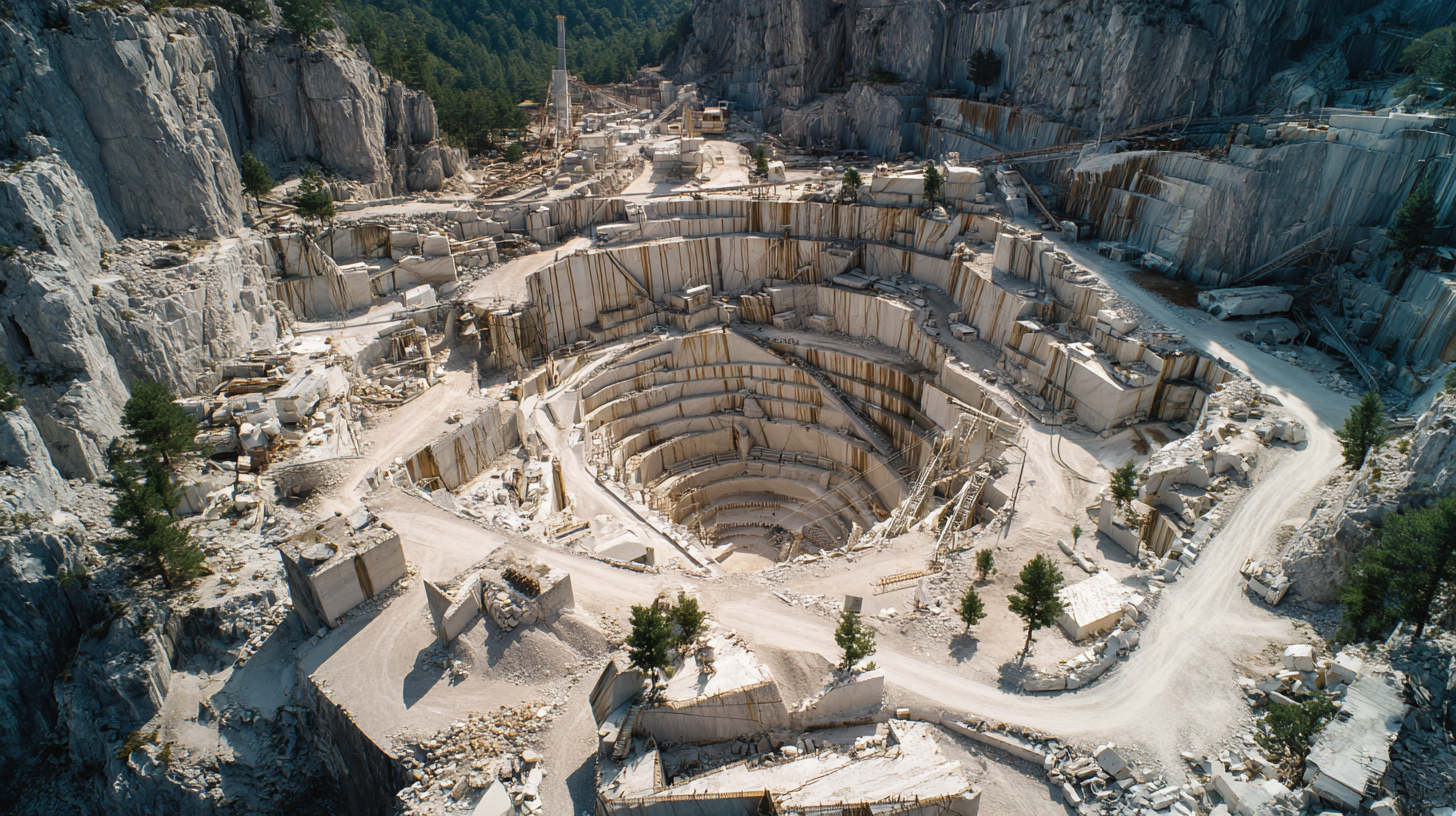 Maintaining optimal performance of quarry crushers is essential for maximizing efficiency and minimizing operational costs. According to a report by the National Stone, Sand & Gravel Association, regular maintenance can reduce equipment downtime by up to 30%, significantly impacting productivity levels. Key practices include routine inspections, proper lubrication of moving parts, and timely replacement of wear components. A proactive maintenance schedule not only extends the lifespan of the crusher but also ensures consistent performance under varying operational conditions.
Maintaining optimal performance of quarry crushers is essential for maximizing efficiency and minimizing operational costs. According to a report by the National Stone, Sand & Gravel Association, regular maintenance can reduce equipment downtime by up to 30%, significantly impacting productivity levels. Key practices include routine inspections, proper lubrication of moving parts, and timely replacement of wear components. A proactive maintenance schedule not only extends the lifespan of the crusher but also ensures consistent performance under varying operational conditions.
Tips: Always keep an up-to-date maintenance log to track repairs and replacements. This not only helps in managing the equipment lifecycle but also informs decisions when it comes to purchasing new or used crushers in the future. Additionally, consider investing in advanced monitoring systems that provide real-time data on machine performance, allowing for timely interventions before any issues escalate.
Another effective practice is to ensure that the material being processed is within the crusher's operational capacity. An overloaded crusher can lead to excessive wear and tear, as reported by the Institute of Quarrying, which states that running crushers at optimal capacity can enhance efficiency by 20%. This optimization, combined with a strong maintenance strategy, can transform quarry operations, leading to increased productivity and reduced costs.
